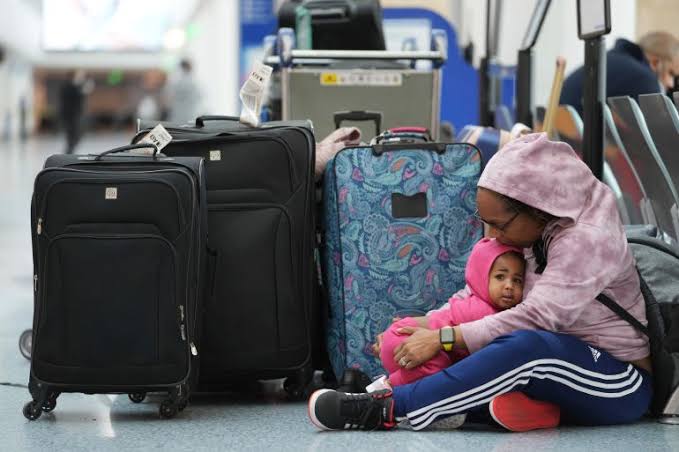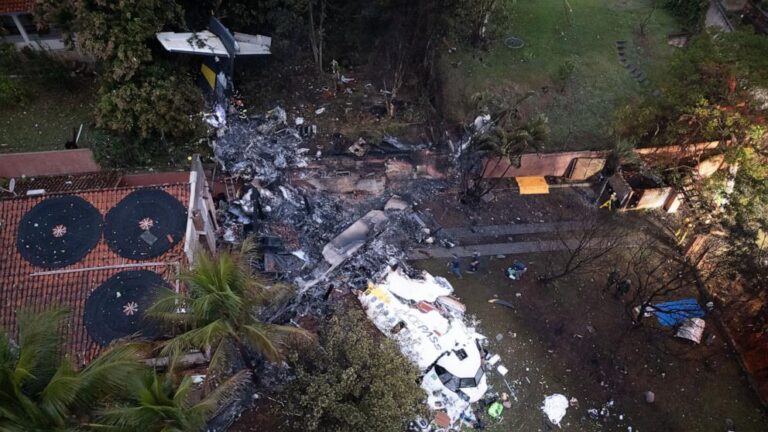“Southwest Airlines’ Operational Failure: Over 16,000 Cancellations In a Day Leads to Millions of Passengers Stranded”
Southwest Airlines’ Operational Failure: Over 16,000 Cancellations In a Day Leads to Millions of Passengers Stranded
Southwest Airlines experienced one of the most significant operational breakdowns in its history, severely damaging its reputation and leading to billions of dollars in financial losses. This event, commonly referred to as the “Southwest Holiday Meltdown,” shocked travelers, the airline industry, and stockholders alike. A combination of weather-related disruptions and underlying operational issues resulted in over 16,000 flight cancellations in a single day, leaving millions of passengers stranded during one of the busiest travel seasons of the year. The scale of the disruption raised serious concerns about Southwest’s ability to manage its operations and maintain its long-standing reputation for reliability.
The Background: The Set-Up for Disaster
Southwest Airlines, known for its budget-friendly fares, free checked baggage, and more relaxed flight policies, had built a strong customer base. The airline had consistently boasted a reputation for punctuality and customer service. Southwest’s stock symbol, LUV, was synonymous with both trust and reliability for many consumers, making the airline one of the most popular choices for domestic travel in the United States.
However, in December 2022, Southwest found itself ill-prepared for a winter storm that wreaked havoc on the U.S. air travel system. The storm, which hit the central and northeastern parts of the country, brought heavy snow, freezing temperatures, and strong winds, grounding flights and causing delays across the U.S. While other major carriers like American Airlines, Delta, and United experienced minor disruptions, Southwest’s operations collapsed in a way that few could have predicted.
At first, the winter storm was just another winter weather event that airlines prepared for, but the chaos would soon escalate due to a series of issues within Southwest’s systems and infrastructure. The airline’s failure to recover from the storm quickly led to over 16,000 flight cancellations in a matter of days. The massive cancellations, exacerbated by a backlog of passengers and flight crews unable to be rescheduled, turned what should have been a temporary disruption into a full-scale crisis.
The Immediate Impact: Chaos at Airports
As the cancellations piled up, airports across the country became scenes of frustration, confusion, and anger. Passengers were stranded at airports without clear answers, as Southwest’s customer service teams struggled to cope with the overwhelming volume of inquiries. Lines at ticket counters stretched for hours, and many travelers reported difficulties getting rebooked on alternate flights.
The situation worsened as the storm delayed Southwest’s ability to safely dispatch its aircraft. The airline, unlike its competitors, operates using a point-to-point route system rather than a hub-and-spoke model. While this system works well in normal circumstances, it became a major problem when the storm hit. The point-to-point model meant that crews were stranded in locations where they could not easily be replaced by other available crew members, further compounding the delays and cancellations.
Additionally, Southwest’s scheduling software—an aging system designed to keep track of both flights and flight crews—was completely overwhelmed by the magnitude of the disruption. This meant that the airline struggled to manage its operations, especially regarding crew scheduling. Pilots and flight attendants could not be properly reassigned, and aircraft were left grounded at airports far from where they were supposed to be.
In comparison to its competitors, who were able to recover relatively quickly, Southwest was unable to restart operations at the speed required to meet demand. This inability to recover fast enough led to days of delays and cancellations, affecting the travel plans of millions.
The Stock Price and Financial Toll
The operational collapse had a significant impact on Southwest Airlines’ stock price. The company’s stock, which had been considered relatively stable, experienced a sharp decline. Investors responded negatively to the crisis, concerned about the airline’s ability to recover from such an extensive failure. In the days following the mass cancellations, Southwest’s stock price dropped by 10-15%, resulting in a loss of over $2 billion in market value. This marked one of the largest drops in Southwest’s history.
The financial toll did not end with the stock price decline. The airline faced enormous costs associated with customer compensation, including travel reimbursements, hotel stays, meals, and refunds. Southwest also offered travel vouchers to those whose flights were canceled, an effort to appease angry customers. All of these costs added up to $800 million in lost revenue for Southwest, a significant blow to the airline’s financial health.
In addition, Southwest incurred significant costs as it invested in upgrading its technology infrastructure. The company had long relied on outdated crew management and scheduling systems, and the meltdown made it clear that the airline could not afford to delay much-needed investments in more advanced software systems. To address this, Southwest began working on integrating new technologies to ensure that similar issues did not arise in the future.
Customer and Public Backlash
One of the most damaging aspects of the meltdown was the public backlash Southwest faced. Passengers, who had trusted the airline with their holiday travel plans, were left stranded with little to no assistance. Families, some traveling with young children, found themselves spending days at airports without any certainty about when they would be able to return home. For many, the emotional toll of missing out on the holidays was immeasurable.
Social media quickly became a platform for angry passengers to voice their frustrations. Hashtags like #SouthwestFail and #SouthwestMeltdown trended on Twitter as passengers shared their stories of canceled flights, poor customer service, and inadequate compensation. News outlets picked up the story, amplifying the chaos and creating a firestorm of negative press for Southwest.
The situation also caught the attention of government officials. The U.S. Department of Transportation launched an investigation into Southwest’s handling of the crisis, and several lawmakers demanded that the airline explain why it had been so unprepared to handle the storm’s impact. The fact that Southwest’s IT infrastructure had failed to manage the crisis led to questions about how well the airline was prepared for future disruptions.
In response to the public outcry, Southwest’s CEO Bob Jordan issued an apology to affected passengers, acknowledging that the airline’s systems had been ill-equipped to handle such a large disruption. He also promised that the airline would make changes to prevent such an event from occurring again in the future.
The Long-Term Effects on Southwest’s Operations
While the immediate crisis was resolved, the long-term effects of the Southwest meltdown were more significant. The airline, which had once been hailed as one of the most efficient and customer-friendly airlines in the United States, faced an uphill battle in restoring its reputation. Travelers who had long been loyal to Southwest began to question whether they could continue to rely on the airline for future trips.
To prevent another collapse, Southwest made a series of operational changes. The airline committed to investing heavily in modernizing its scheduling and crew management systems. Additionally, it began recruiting more staff to handle customer service during periods of high demand, ensuring that the airline would have enough personnel to manage large numbers of cancellations in the event of a future crisis.
Southwest also launched a training initiative for its customer service agents, aiming to improve communication with stranded passengers. The airline recognized that it had failed to adequately support customers during the crisis and vowed to be more transparent and responsive in the future.
A Crucial Lesson in Crisis Management
The Southwest Airlines Holiday Meltdown of 2022 was a wake-up call for both the airline industry and travelers. It exposed vulnerabilities in Southwest’s operational systems that had previously gone unnoticed, and it demonstrated how quickly a single weather event could escalate into a full-blown crisis. While the airline has since taken steps to recover, the financial and reputational damage from the meltdown cannot be easily undone.
For passengers, it served as a reminder that even the most trusted airlines are not immune to failure, especially when their systems are tested to the limit. For Southwest, it was a crucial lesson in crisis management, technology upgrades, and customer care. If the airline is to restore its reputation and regain customer trust, it must continue to improve its operations and ensure that future disruptions do not result in the same kind of catastrophic failure.
The events of December 2022 will likely be remembered as a turning point in Southwest’s history. Whether the airline can fully recover from this operational failure will depend on how it adapts to an increasingly demanding market and how it manages potential crises in the future. For now, passengers and investors alike are watching closely to see if Southwest can reclaim its position as one of the leading carriers in the United States.






